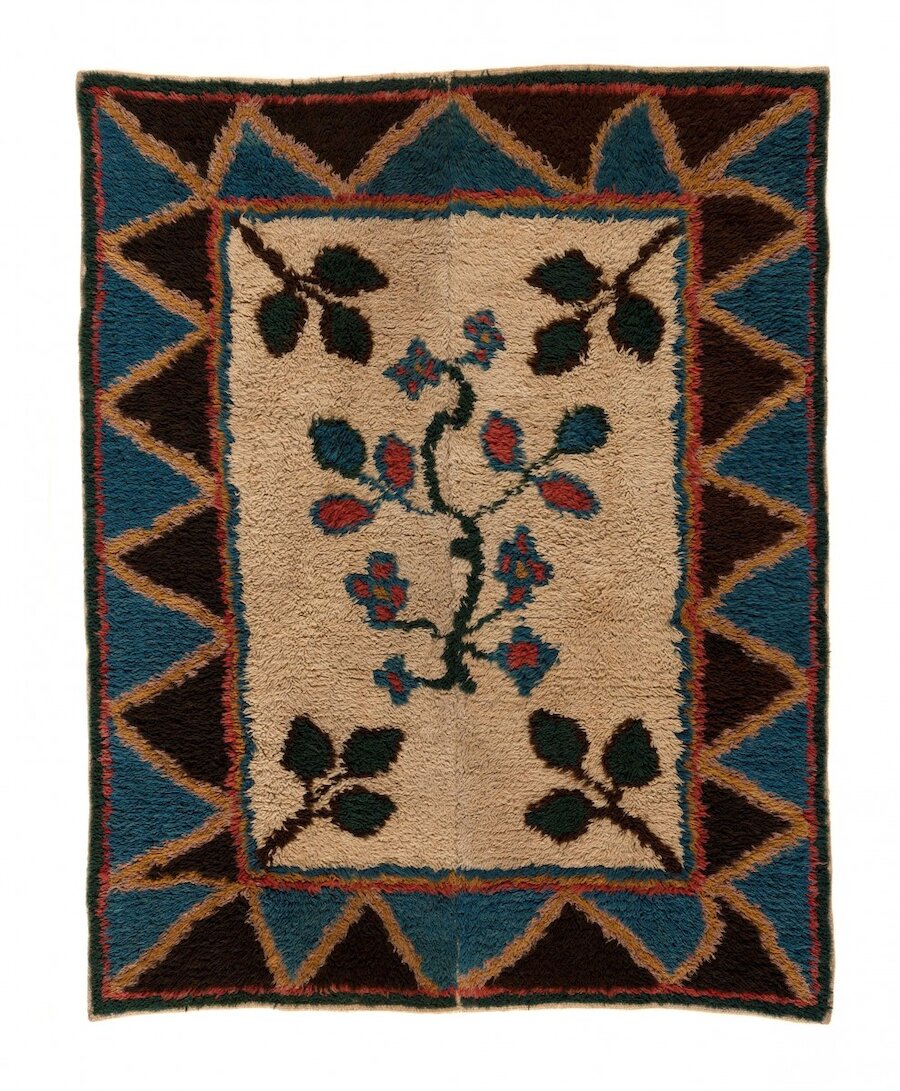The new exhibition opening in Da Gadderie at Shetland Museum and Archives this weekend is the culmination of two years of research into the intriguing and beautiful taatit rugs: the pile bedcovers of Shetland.
Shetland Museum and Archives received a grant from the Esmée Fairbairn Collections Fund to research this type of bedcover in its collection, which was used in Shetland long ago but no longer made. There has been a considerable level of interest from the Shetland public, and beyond, in offering rugs for study during the last two years. The results of the study will be the focus of the exhibition, with twelve of the rugs on display.
The Shetland rugs are related to pile cloth made from Finland to Greenland to Ireland, where they were used as cloaks and bedcovers in the medieval period. The oldest taatit rug dates to about 1760, and will be featured in the exhibition.
Shetland Museum had 34 rugs in its collection at the start of research. A call was sent out to the Shetland public asking about rugs and now nearly 100 rugs from local museums and private homes have been studied and recorded. Two rugs were located in New Zealand, taken there by Shetland families emigrating in the 1870s. One rug has been returned to Shetland, donated to Shetland Museum by the great-great-granddaughter of the rug-maker. This rug will also be included in the exhibition.
The rugs have been analysed for construction details, including the use of natural dyes. The grant provided funding for testing dyes used in rugs. The results reveal that rug-makers were using a much larger colour palette and had a greater knowledge of dye preparation than previously thought. They obtained dyes imported from the Empire, native plants and lichens and in the late 19 century began to use synthetic dyes. They used several complex methods to extract dyes from these sources.
The rugs are made using a series of bold motifs. These reflect symbols used in Nordic and Shetlandic folk beliefs to ward off evil, especially evil which occurred during hours of darkness.
The family history of each rug has been researched as far as possible. The stories reveal the large number of rugs made for marriages, and how rugs were passed down generations. Floor rugs made in the 20 century using the taatit rug technique will also be exhibited.
A publication will be released later this year about the history of taatit rugs.
The exhibition opens on Saturday 23 May at 2.00pm and runs to Sunday 19 July.
